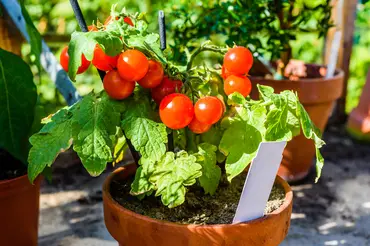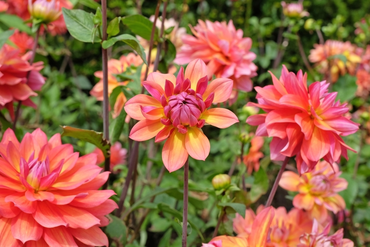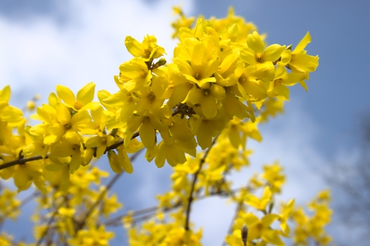Summer is prime time to enjoy the bounty of your own garden. There's a reason gardeners rave about homegrown food - the flavour is unmatched! Beyond crisp summer salads, your garden can flourish with a variety of vegetables and fruits this season. Even with limited space, you can cultivate a thriving salad haven. Stay tuned for tips on sowing, growing, and harvesting your own delicious salad greens!

Why you should grow your own salad
Fresh, delicious, and easy to grow – there are many reasons to get started with your own salad garden!
Here's what makes salad a perfect choice, especially for beginners:
- Space-saving: Unlike some vegetables, most salad greens thrive in small spaces. Plant them in pots, containers, or even on a sunny windowsill – no sprawling garden required!
- Fast rewards: Salads grow quickly, with some varieties ready for harvest just a few weeks after sowing. This means you'll be enjoying the fruits (or should we say, greens!) of your labour in no time.
- Easy to grow: Salads are generally low-maintenance crops. Sow seeds in good quality compost, keep them moist, and you're on your way to a fresh harvest.
- Season-long enjoyment: Many salad varieties can be sown throughout spring and summer, giving you a continuous supply of fresh greens all season long.
For early spring harvests, you can protect your seeds and young plants with a cloche or horticultural fleece, especially if there's a chance of frost. A greenhouse or polytunnel is ideal for getting an even earlier start.
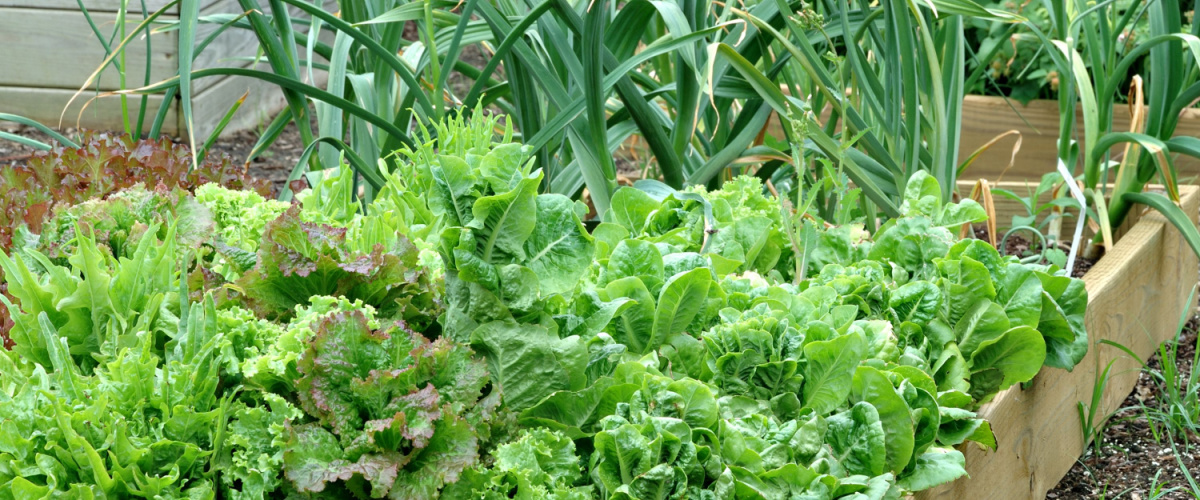
Know what type of salad to grow
With so many delicious options, choosing the perfect lettuce for your homegrown salad can be exciting! Here's a taste of what you can explore:
- Classic Choices: Start with the all-time favorites - crisp lambs lettuce or refreshing lettuce.
- Bold and Beautiful: For a splash of color, try the vibrant red Lollo Rossa lettuce. Feeling adventurous? Opt for the space-flown wonder, Outredgeous lettuce!
- Explore Greens Beyond Lettuce: Expand your salad repertoire with options like leafy spinach, peppery mustard greens, crunchy pak choi, vibrant radish varieties, and fresh spring onions.
The best part? You can even grow all these in a single container, maximizing your harvest with minimal space!
How to grow all year to harvest your own salad
Extend Your Salad Season
While some salad greens take a vacation in the colder months, you don't have to! Here are a few ways to keep your salad bowl brimming all year round:
- Cold-Hardy Greens: Lettuce varieties like 'Winter Gem' and some Asian greens like mizuna and mustard can be grown through the colder months with a little protection, like cloches or row covers. Endive and Salad Burnet are also winter-tolerant options.
- Microgreen Magic: Microgreens are the tiny, nutrient-packed seedlings of various vegetables and herbs. From cress and peas to radish, chard, and even beetroot, you can grow a variety of microgreens indoors on a sunny windowsill in trays. Harvest them when they're young and under 4 inches (10 cm) tall for a concentrated burst of flavor and nutrition.
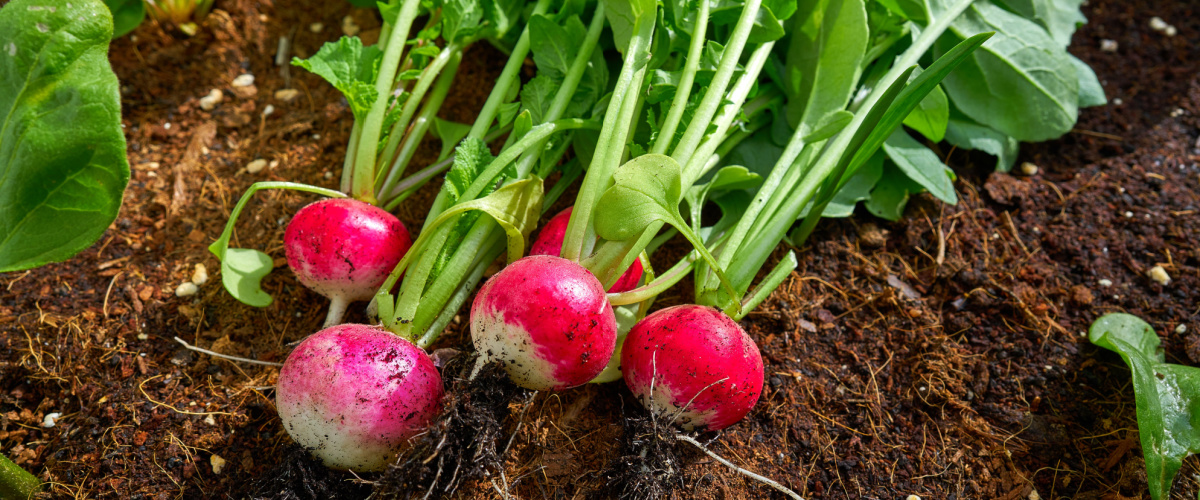
Know when to harvest your own salad
Harvesting at the peak of freshness:
- Warm weather and stressed plants: Be aware that warm weather or stress can cause your salad plants to bolt (shoot up to flower and seed) quickly. This is their natural process, but the salad leaves will become bitter. The good news is you can collect these seeds for future plantings!
- Cut-and-come-again varieties: To enjoy a continuous supply of fresh leaves with these types of salad, consistent harvesting is key. This encourages continued growth instead of bolting. Keep harvesting and enjoy your delicious bounty!
- Succession sowing: Extend your harvest season by sowing new seeds every two weeks, ensuring a steady supply of young salad greens.
For a great selection of salad seeds to grow at home, head over to Carpenters Nursery & Farm Shop in St. Albans, Hertfordshire.

